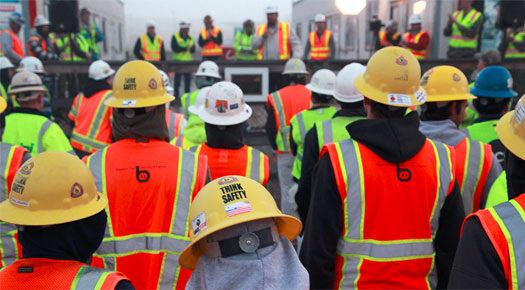Workplace safety and quality in a multilingual environment means multilingual training
Two years ago, the marketing research division of Florida-based TR Cutler Inc. interviewed CEOs of privately held manufacturing operations in North America and reported that their top fear was a lack of communication with employees due to the inability to motivate or inspire the workforce. That research was recently replicated, and while communication breakdowns are still the No. 1 fear, the reasons and importance are quite different: It’s about communicating with a multicultural workforce.
|
ADVERTISEMENT |
In 2015, 20 percent of these CEOs identified communication challenges as being generated by multiculturalism, but by early 2017 that percent doubled to 40 percent. CEOs indicated that the communication problem was about creating a culture of quality in an increasingly multilingual workforce.

Figure 1: Reasons for communication breakdowns by privately held manufacturing CEOs (© 2017 TR Cutler, Inc.)
…

Add new comment